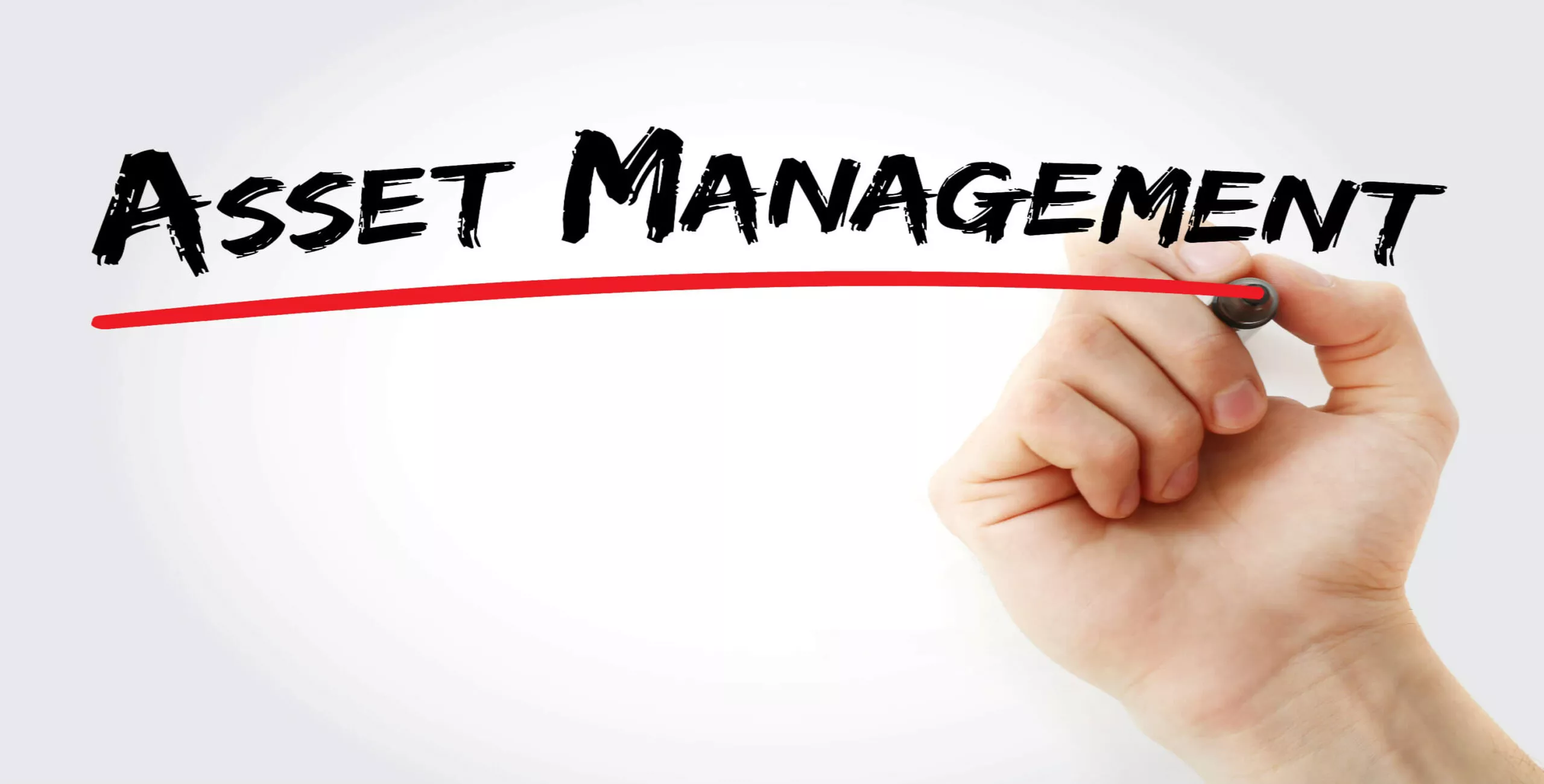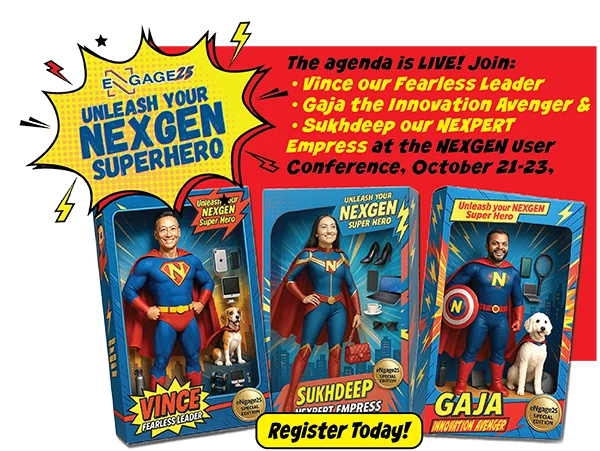The digital age is allowing manufacturers to go beyond what was possible in the past. For example, as a manufacturer, you can adopt the CMMS platform in ways that were unimaginable a few years ago. If you have CMMS in your organization, ask yourself if it allows you to achieve all your goals. If there is room for improvement, you can give your preventive maintenance software a boost and radically improve the asset management process in just a year. How? Read on.
Let’s How to Improve Asset Management Process?
Be Proactive
One of the biggest mistakes various businesses make is to have a reactive approach, i.e., to take action when something happens. This will eventually lead to a disparate downtime ratio, thus draining your resources and affecting your ability to stay profitable.
The key is to be proactive. A proactive work schedule consists of preconfigured processes, instructional documentation and automatic request generation within the EAM software platform. This helps in decreasing the labor time spent on reactive work and allows you to focus on increased labor productivity and maximize asset uptime.
Another advantage of having proactive strategies — you save thousands of dollars!
- Be Mobile
There has been no better time to use mobile devices for increasing productivity, elevating data accuracy and enhancing reporting techniques. You can give your staff HTML-optimized mobile CMMS platforms as they are quite responsive and helpful in achieving sustainable success.
Utilizing mobile devices efficiently along with EAM software will help you eliminate instances of inaccurate data, ensure an elevated uptime percentage of all the assets and maximize labor productivity since it allows you to focus on completing tasks and procedures.
- Integrate Your Inventory
If you have CMMS software in place, you can integrate the inventory with your assets. The integration increases your chances of finding a direct correlation between inventory/part adoption and CMMS/EAM success by 70% as compared to those that don’t implement inventory into the daily CMMS/EAM software.
If you can leverage automated data import strategies from the very beginning, you can streamline your stock counts and ordering processes. Additionally, you can provide your workforce with the information they need to accurately assess and repair downed assets.
Planning the Year
To improve your manufacturing asset management software, you have to focus on the strategies that will have the maximum impact on your business and see the return on investment at an increased pace. You can break down the process into three stages.
Stage 1: Months 1-3
The first three months must be spent on planning, creating and implementing a set of proactive work schedules. These schedules must include detailed procedures, documentation that you can refer to and a clear automation schedule.
Stage 2: Months 4-6
This is when you must test and implement a mobile platform that can complement your asset management software. Some essential things that should be on your checklist include mobile device compatibility, an easy user interface which helps technicians in adopting the platform, and finally the ability to provide the technicians with the information they need to complete their fieldwork as thoroughly and accurately as possible.
Stage 3: Months 6-12
Finally, the second half of the year must be spent on researching, creating, testing and implementing an inventory integration with the existing maintenance management software. This step includes the mapping of key fields and data points. You must also establish your organizational standards for processes, compliance and sync intervals.
We, at NEXGEN, would love to assist you if you are looking to improve your organizational processes using asset planning software and want to provide maximum results for your organizational goals and KPIs. You can scale the implementation processes to fit your organization’s unique needs and ensure that your technicians, as well as, shareholders can embrace and adopt the changes throughout the year.






